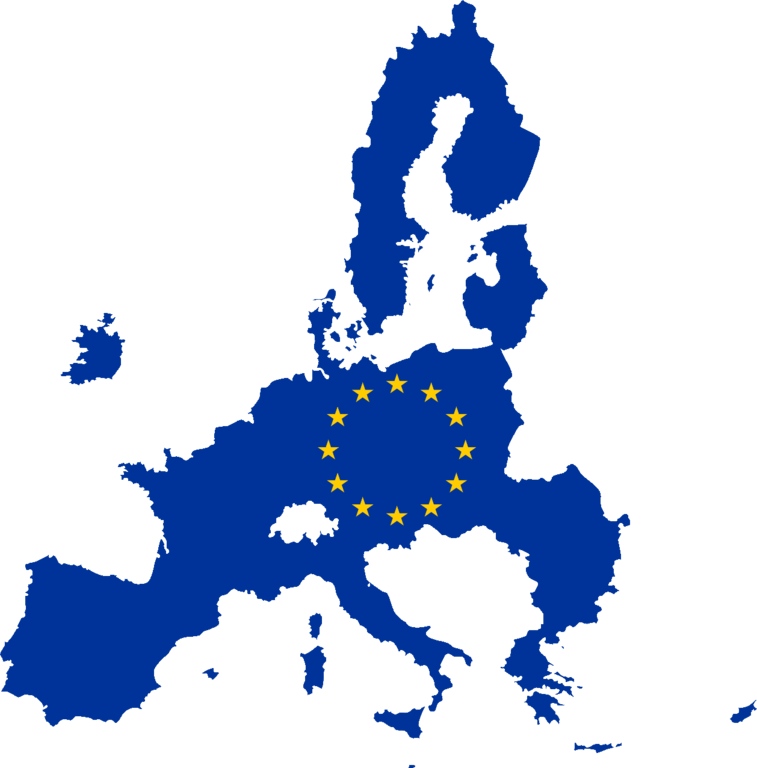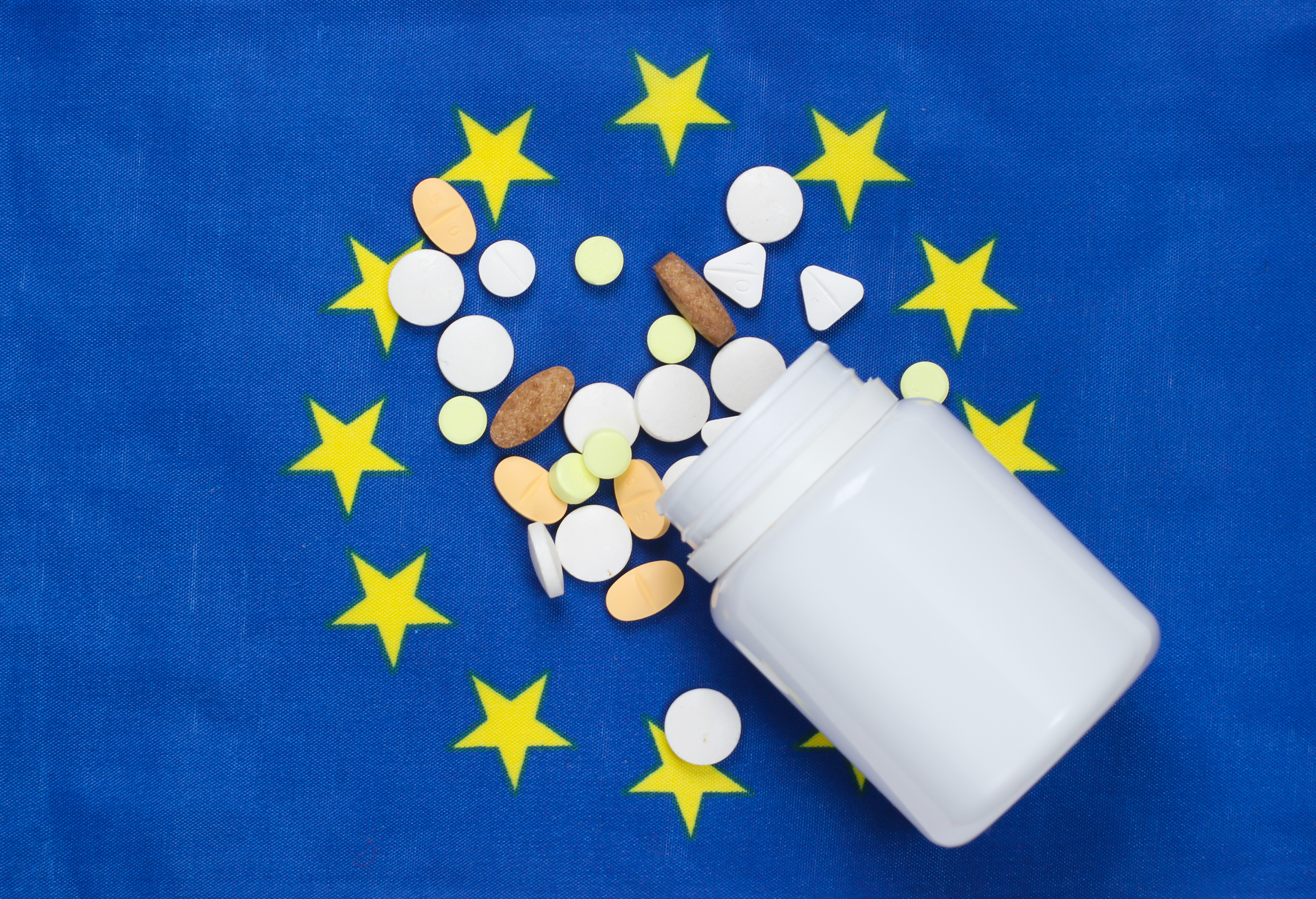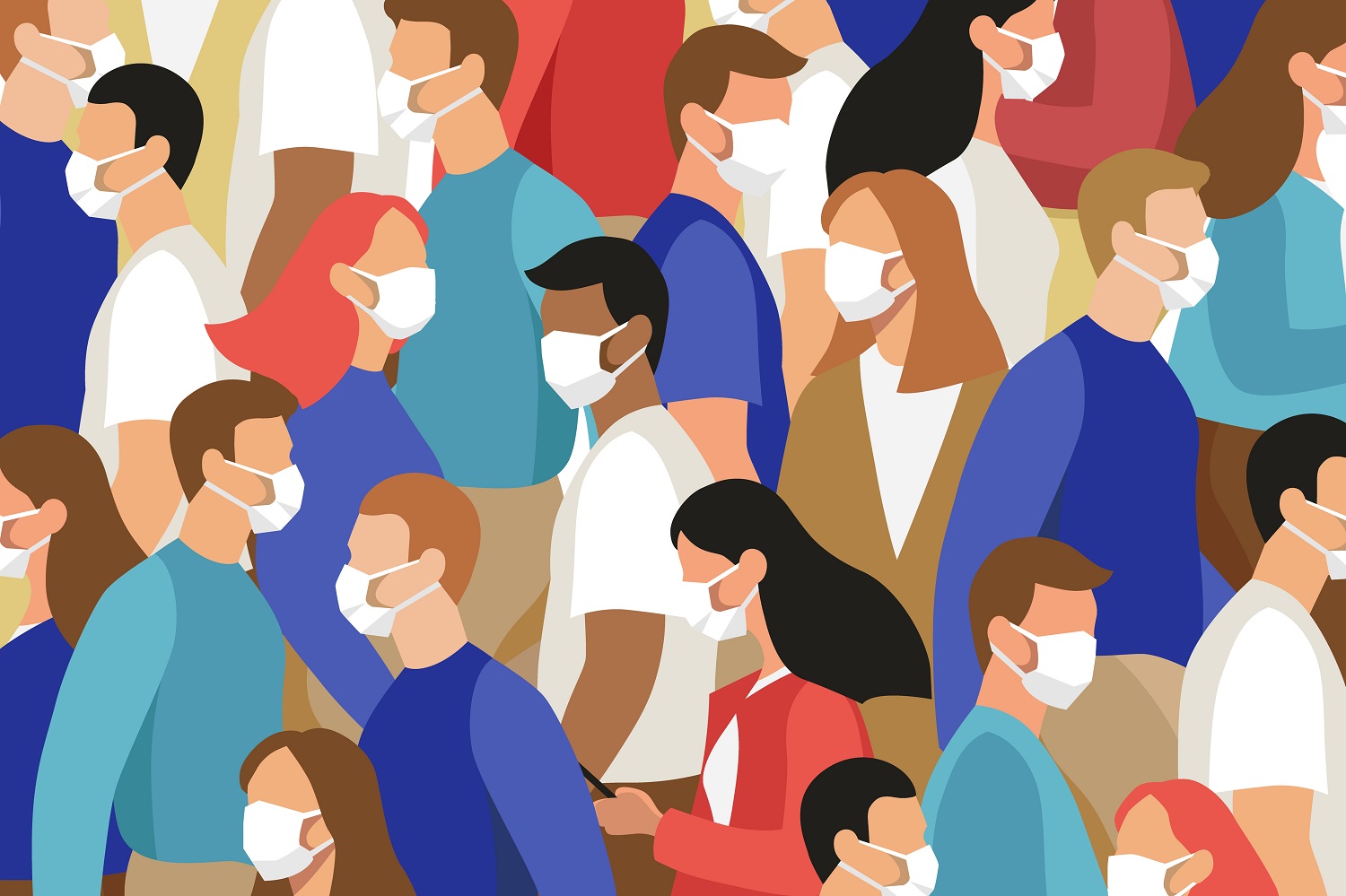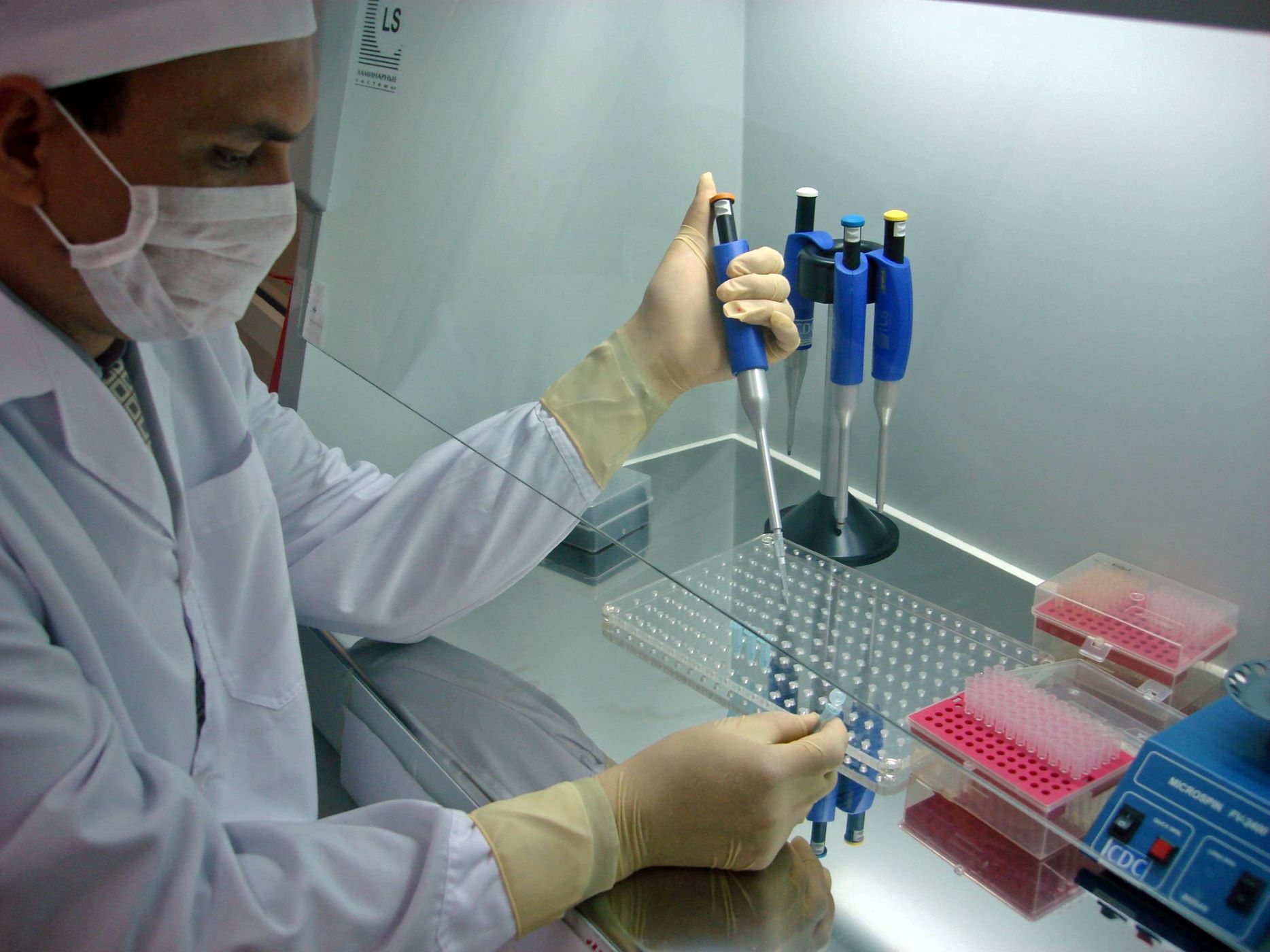Recommended
The EU and its member states are collectively the world’s largest aid donor, with an annual budget of over $70 billion in 2021. When it comes to global health, however, it has historically punched below its weight. In part, this is due to an internal coordination problem; health is a shared competence between the EU and its member states. While the latter determine and deliver their national health services, the European Commission (EC) complements national policies. Off the back of the COVID-19 pandemic, the EC is seeking to reverse this track record, whilst staying within the limits of the current legal framework. Last November, it released an ambitious new global health strategy—the first since 2010. Can the EC and member states work together to enable the EU to take its place as a global health leader? Our answer is “maybe, with significant reforms”. In this blog, we review what is required for the strategy’s vision to materialize, and focus on three areas where we think the EU can lead the world: pandemic preparedness (including expanding African vaccine manufacturing); antimicrobial resistance (AMR); and tackling the deadly epidemic of lead poisoning.
Implementing the strategy will require unprecedented EU coordination
While EU leadership on global health is possible, it will require remarkable levels of coordination between member states and EC Directorate-Generals (DGs)—much more than has been seen in the past. This coordination could be catalyzed both by working towards big common goals such as global health security and delivering a few quick wins that demonstrate the value of collective action. Scaling up Team Europe is one proposed approach that could help deliver on this—a platform where member states, the EC, the European Investment Bank, and the European Bank for Reconstruction and Development coordinate and potentially pool funding for common initiatives. The challenge, however, is that Team Europe is purely voluntary, member states may choose to collaborate or not. Therefore, it remains to be seen whether there is real and sustained buy-in to this idea in European capitals, particularly in health, where Team Europe continues to have limited traction.
The Commission takes a wide conception of the EU’s role in global health, which will require remarkable co-ordination between DGs within the EC, but also between the EC and member states. It calls for a “health in all policies” approach e.g., controlling EU harmful emissions, ethical recruitment of health care workers, promoting health in trade and patent agreements, regulating EU companies to better manage the commercial determinants of health, and inviting member states to lobby the International Monetary Fund to consider health impact. This is important because a wide range of global health impacts are outside of the control of agencies primarily concerned with global health. The two challenges with this conception are that, firstly, it criss-crosses between shared competencies, such as public health on the one hand, and Commission mandates (e.g., on trade) on the other; and secondly it involves changes enacted by a range of DGs (e.g., SANTE, TRADE, CLIMA, INTPA, HERA). For example, promoting health in trade policies will need to be led by DG TRADE, consulting DG SANTE. For the EU’s global health strategy to therefore be successful, member states, the European Parliament, and the Commission will have to demonstrate a shared and sustained commitment to these issues. In addition, an appropriate cross-DG coordination framework will be needed, driven in part by the Commission’s president, with well-defined activities, clear monitoring and evaluation indicators, and scheduled impact evaluations to ensure implementation of this ambitious strategy.
Pandemic preparedness—the big opportunity for Team Europe to make its mark
Pandemic preparedness requires all countries to work together to produce the real global public good of global health security. It is therefore an ideal area for EU collective action, and one where coordinated action can produce greater impact than each member state working independently. Following COVID, the EC does have a significant mandate to expand its work on pandemic preparedness, including with the establishment of the new DG HERA (Health Emergency Preparedness and Response Authority). In its strategy, the Commission calls for a permanent post-COVAX global mechanism that helps accelerate the development of, and equitable access to, vaccines in pandemics; a legally binding pandemic treaty; and a global collaborative surveillance network. Amid this backdrop, we think there is particularly strong potential for the EU to lead on two key areas:
- To build sustainable vaccine manufacturing, focus on supply side coordination and demand side engagement: The EU has launched a flagship €1 billion Team Europe Initiative on African Manufacturing of Vaccines, Medicines and Health Technologies, with contributions from the EC, member states, and European Development Finance Institutions. This initiative appears to have made progress on the supply side, with plans for manufacturing plants in Senegal, South Africa, Rwanda, and Ghana. Still, coordination with the African Union, Gavi, and other partners across the more than 20 initiatives aimed at expanding manufacturing capacity on the African continent, will be essential to ensure the capacity is coherent and ready for the next pandemic. So far, the initiative’s focus on demand-side considerations has been less apparent, as our colleagues flagged here. One policy option that the EU could explore is providing demand-side financing to procure a specific volume of vaccines or other health products produced by African manufacturers to assure market sustainability.
- Support the Pandemic Fund to focus on maximizing impact: The EC is also leading the way in supporting the new Pandemic Fund, providing €427 million, which, when combined with individual member state donations, makes the EU the largest donor to the Fund. To its credit, the EC has reported this as non-ODA, implicitly recognising that the EU substantially benefits from global health security. The Fund has launched its first round but is still working on a rigorous approach to allocate resources, identify best buys, and use criteria to select which projects to fund. It also lacks clarity on the specific role, function, and comparative advantage of each of the “implementing entities”, and indeed whether Africa CDC should be one of these. The EC and EU member states have three out of the nine donor seats on the Fund’s board, and if it coordinates these votes, it could drive through a positive agenda, for example, pushing for a clear priority setting framework that adequately balances global and national low- and middle-income country (LMIC) priorities.
Antimicrobial resistance—now is the time for the EU to invest
AMR is a rapidly growing, global problem, causing an estimated 1.3 million deaths annually. The EC recognizes the urgency to address this "silent pandemic" and has made it a key part of its new strategy. The strategy focuses on capacity strengthening, prevention, and primary healthcare, which seem like the right focus areas. Infection control, for example, is a very cost-effective but underfunded intervention to reduce resistance in the global south. A priority should be improving health facilities, particularly the 22 percent of facilities that lack running water, particularly given that 70 percent of hospital-acquired infections could be prevented with better infection control.
As the world’s second largest pharmaceutical market, the EU can do much more domestically to fund new antimicrobials. The need to protect the newest and most valuable antibiotics from overuse, means that sales are low, so the EU and other high-income countries need to find a new way of rewarding innovation and delinking profit from volume of sales. To do this, the EU has been exploring new purchasing systems, but must find consensus around a solution more quickly, as the clock is ticking. We estimate that the benefits to the EU of a new antibiotic incentive program, which would seek to generate a total of 18 new antibiotics over three decades to treat six priority pathogens, which could yield an 11-fold return on investment within the EU and a 125-fold return globally. Finally, more must be done to ensure new antimicrobials reach the parts of the world where they are most needed. Europe should build access for LMICs into any new incentive scheme and look at distribution systems that overcome the barriers that can stop new drugs reaching most LMICs.
Lead poisoning—currently a missed opportunity for the EU
One specific area where the EU can, and should step up, is in addressing the 900,000 deaths global per year attributed to lead poisoning. Building on momentum already started by Germany and the EC during Germany’s G7 Presidency, the EU is well-placed to strengthen member state’s own internal standards and its collective trade rules to control lead as a hazardous substance; finance diagnostic surveillance surveys; source analysis in partner LMICs; and through Team Europe support, strengthen regulation and enforcement of lead contamination in the most-affected LMICs. Despite 24 mentions of the importance of the environmental determinants of health, the strategy neglects this critical issue.
Conclusion
The new global health strategy could be a major opportunity for the EU to step up its leadership in global health. During this year’s deliberations on the strategy, led by the Swedish presidency of the Council of the EU, it will be vital that member states consider how to promote internal coordination to ensure the strategy has impact. Quick wins on collective action problems such as pandemic preparedness and AMR, and a new push on the deadly epidemic of lead poisoning will be key to solidifying member states future commitment to the EC’s ambitious plan. Later this year, CGD will be releasing flagship outputs on all three areas. Stay tuned.
With thanks to Lydia Regan for research support and Victoria Fan for helpful comments.
Disclaimer
CGD blog posts reflect the views of the authors, drawing on prior research and experience in their areas of expertise. CGD is a nonpartisan, independent organization and does not take institutional positions.
Image credit for social media/web: Adobe Stock








